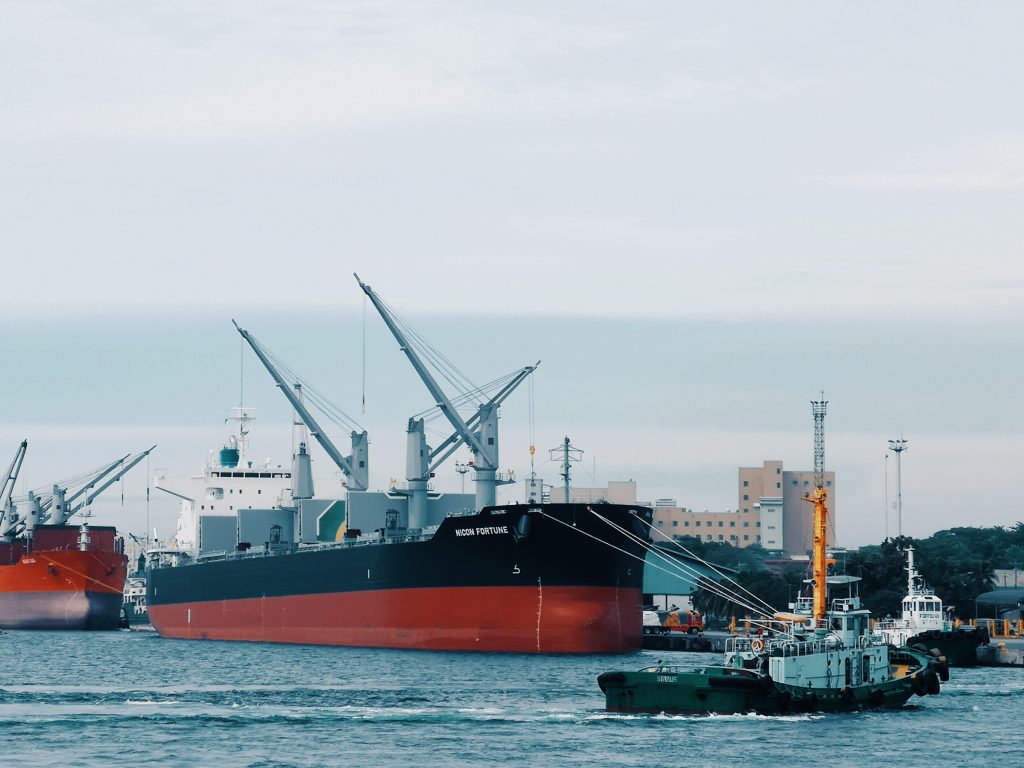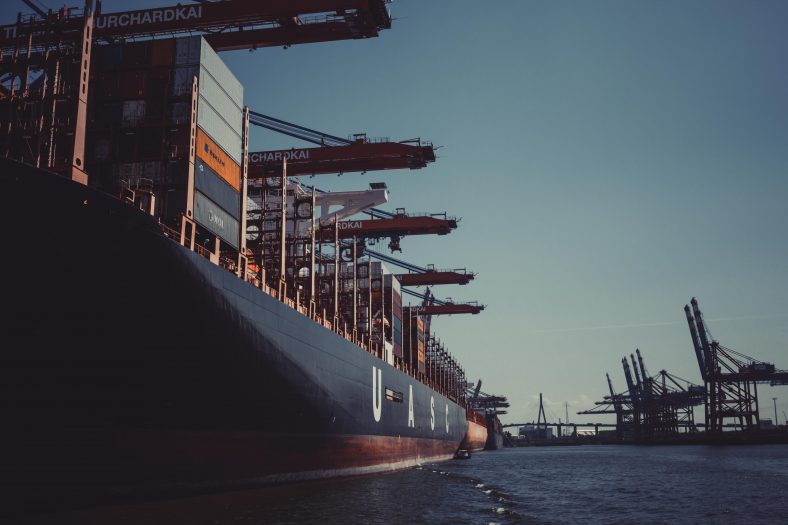Shipowners may decide to lay up their vessels as a result of the current situation of the rise in Covid cases. Apart from the fact that laying up a vessel requires prior approval from your P&I and H&M insurers, there are a number of operational considerations to be made. In this regard, the goal of this essay is to give advice. There are always operational dangers and concerns to consider if a vessel is laid up, either hot or cold lay up in Malaysia, or even during trading. A vessel would be pulled out of its planned and intended normal operation during lay-up, resulting in the following operational dangers and risks.
Contact damages as a result of mooring arrangement failure, such as mooring breakage, anchor drag, collision with another vessel, and so on. Stranding or grounding as a result of a mooring arrangement failure, such as a broken mooring or anchor dragging. Fire aboard caused by the spread of fire from or to nearby moored boats, as well as mishaps caused by shipboard workers or watchmen, such as cigarettes, electrical fire, and other causes.
As well as, ineffective emergency responses, since boats are often laid up with skeleton staff or without personnel, and are watched daily or remotely by guardsmen. In most cases, the crew size is insufficient to react to onboard crises or to handle (expected) emergency circumstances. There is no quick shore aided emergency reaction party available to coordinate a suitable response in the event of daily inspections by a crewman or remote monitoring. These and more could be some of the operational dangers and risks that you might face during a lay-up.

Hot or Cold lay up?
Laying-up for the Short-Term
A heated lay-up state is ideal if the laying-up period is up to 12 months. The number of crew members will be lowered as approved by the Flag Administration, and the vessel will be maintained in accordance with the Classification, Flag Administration, local authorities, and EFM lay-up standards. The ship is out of operation throughout a hot lay-up, but it may be deployed into service quickly.
This will guarantee that the vessel’s critical machinery and equipment are maintained, conserved when necessary, and in emergency preparedness condition, allowing for speedy re-commissioning/re-activation and far simpler and less expensive vessel preservation. Nevertheless, opposed to a cold lay-up, the operating cost will be greater since more staff and key machineries, equipment, and systems would be in use.
Laying-up for the Long-Term
A cold lay-up state will be more suitable if the lay up or out of operation purpose is longer than twelve months. The vessel must be staffed with sufficient people, as determined by the Flag Administration and/or local authorities, to manage emergency scenarios such as fire, floods, breaking mooring, surveillance watch, and more.
The equipment is turned off and the ship is maintained “electrically dead” during cold lay-up. Portable generators may be placed for power supply to important emergency machinery, equipment, or systems, depending on the length of the lay-up. This is contingent on the Classification, Flag Administration, and local authorities, when relevant, agreeing to it. The vessel must also be kept in accordance with the Classification, Flag Administration, local authorities, and EFM lay-up standards.
More articles like this here.



